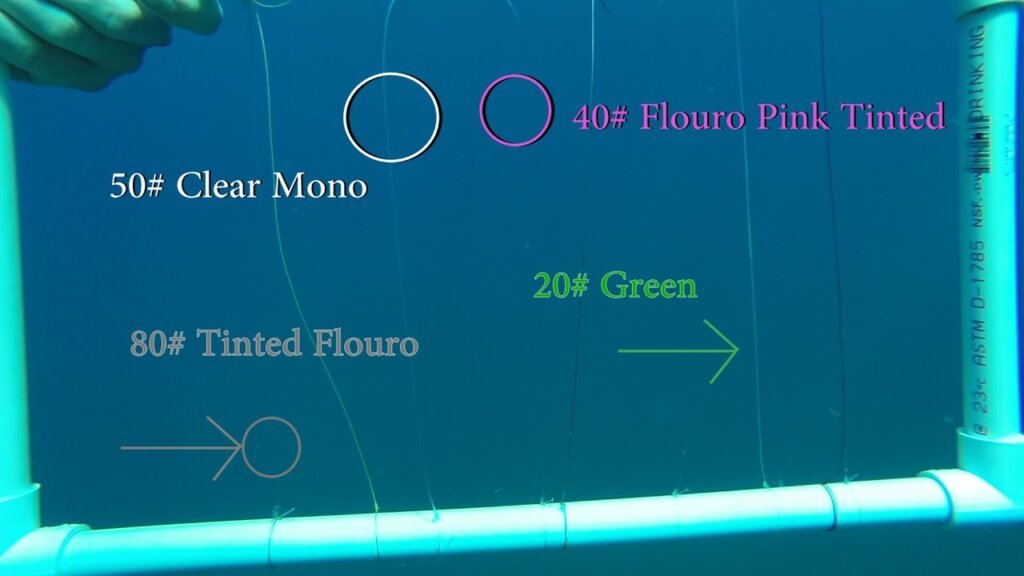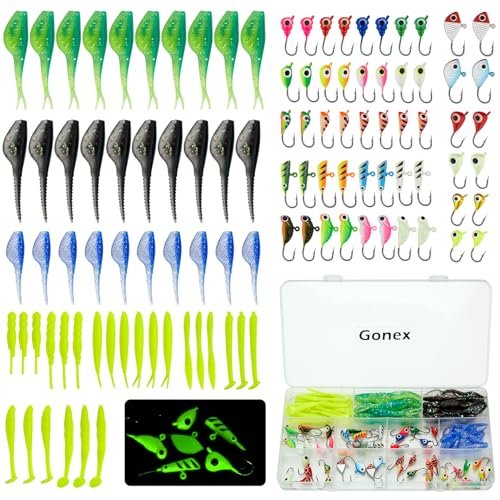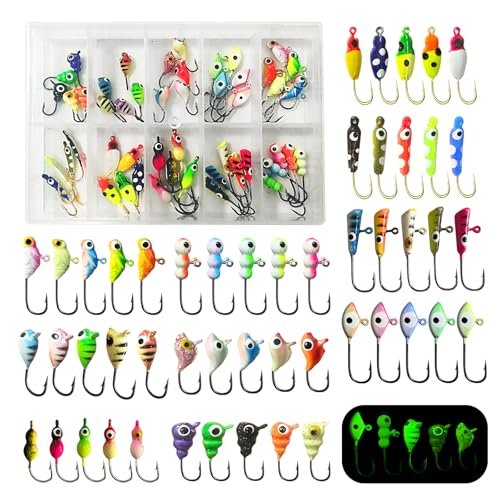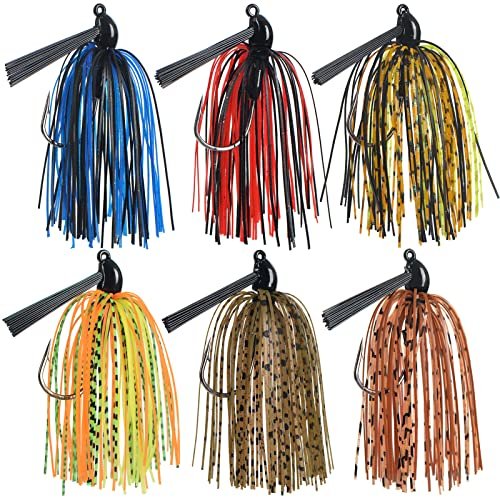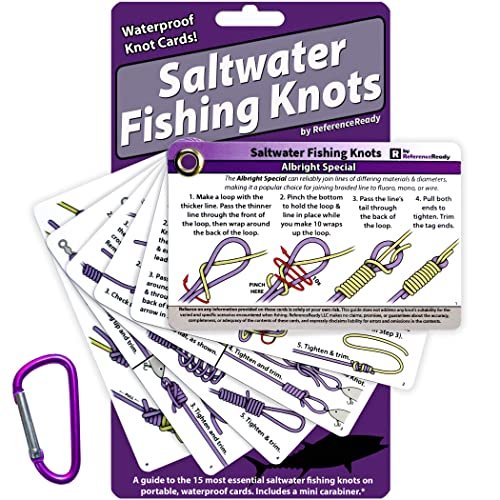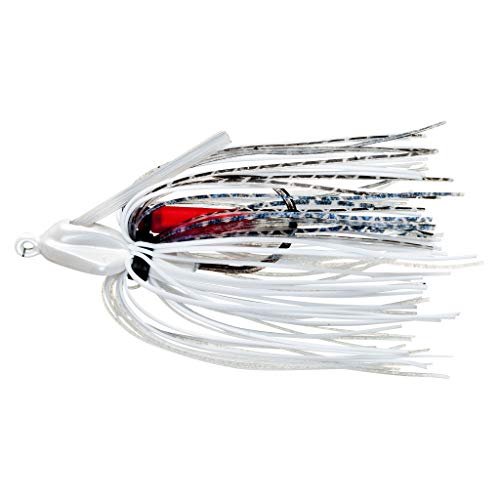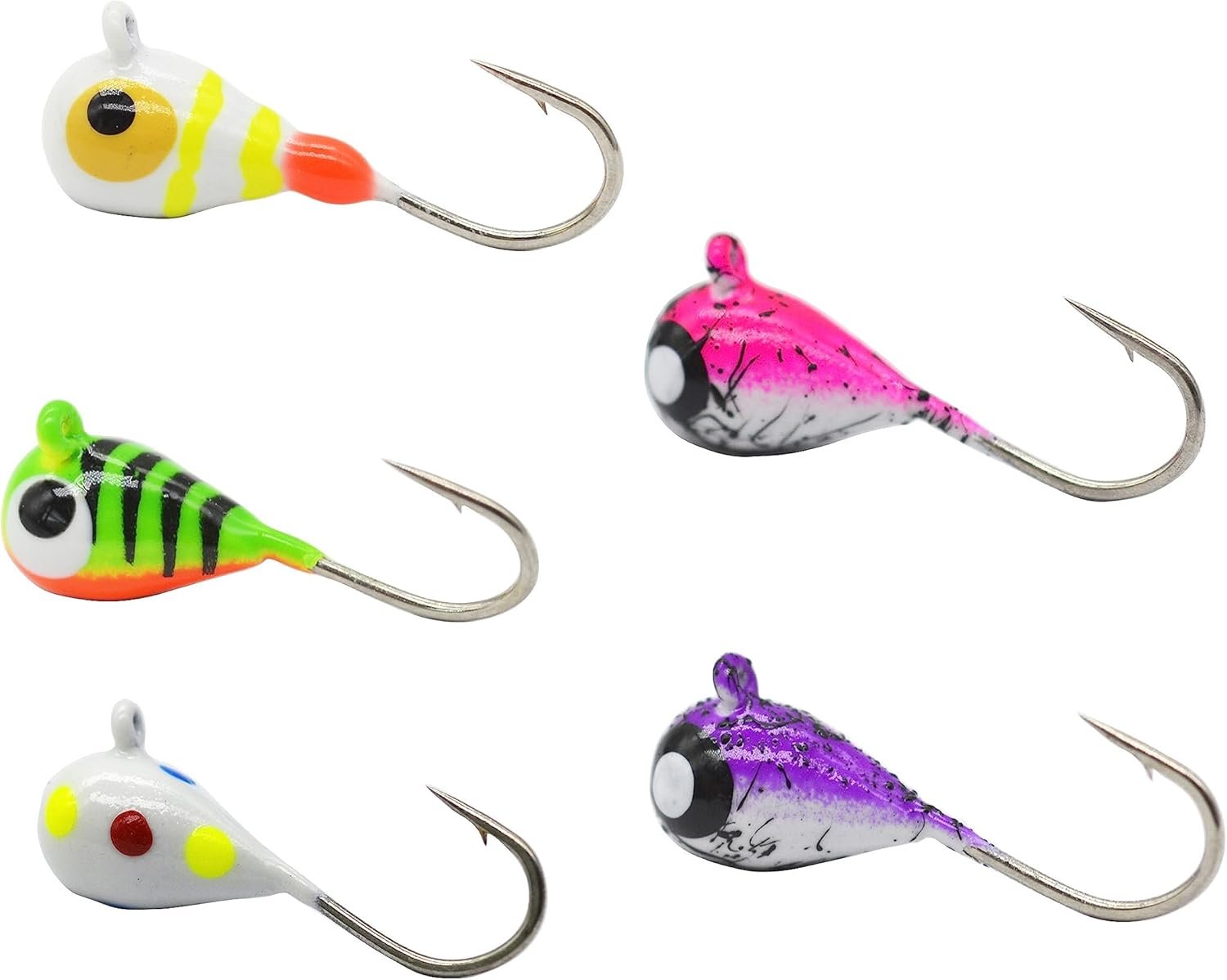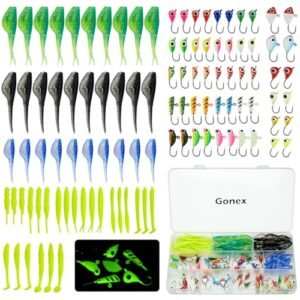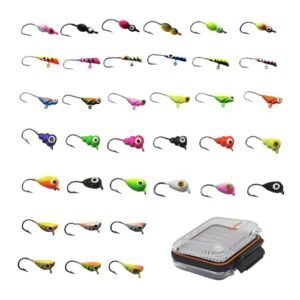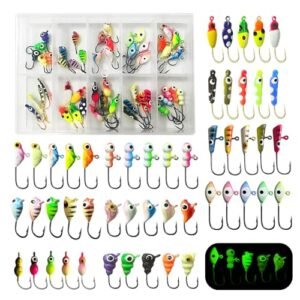Fishing enthusiasts often seek the best gear to improve their catch rates. Choosing the right fishing line color is crucial. Clear and fluorocarbon lines are popular because they become nearly invisible underwater. Fish find it harder to detect these lines, increasing the chances of a successful catch.
Anglers appreciate the advantage of using lines that blend seamlessly with the aquatic environment. This choice can make a significant difference in both freshwater and saltwater fishing. Understanding the visibility of different fishing lines can enhance your fishing experience and lead to more fruitful results.
The Science Behind Fish Vision
Fish eyes are different from human eyes. They see colors based on light penetration. Blue and green colors are more visible in deep water. Red and orange colors disappear quickly. Fish see best in these colors. Their vision helps them find food and avoid predators.
Water clarity affects fish vision. In clear water, fish see more colors. Murky water limits their vision. In muddy water, fish rely on other senses. Clear water lets fish see far. Murky water makes colors fade. Fish adapt to their environment.
Myths About Fishing Line Visibility
Many believe fish can see all fishing lines. This is not true. Fish eyesight varies by species. Clear lines are less visible in water. Colored lines can blend in depending on the water. For example, green lines work well in green water. Blue lines are good for deep sea fishing.
Fish do not see the line as humans do. Water clarity and light affect visibility. Some think thicker lines are more visible. This is partly true. Thinner lines are usually less visible. But strength matters too. A strong line can still be thin.
Color Spectrum And Fishing Success
Fish have different color vision than humans. Clear lines are often less visible in clear water. Green lines blend well in green or murky waters. Blue lines work best in offshore waters. Fish can see red lines in shallow waters.
Water depth affects light penetration. Red light disappears quickly in deep water. Blue light penetrates deeper than other colors. In deeper waters, blue or green lines are better. Shallow waters may require different line colors.
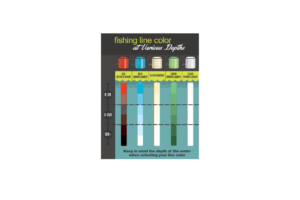
Clear Lines Versus Colored
Clear lines are less visible to fish, making them a popular choice. Colored lines like green or blue blend with the water, reducing visibility. Choose wisely for a successful catch.
Pros And Cons Of Clear Lines
Clear lines are almost invisible in water. Fish find it hard to see them. This makes it easier to catch fish. Clear lines are also versatile. They work in many water types. But, they may not be strong. Clear lines can break easily. They also have less stretch. This makes them less durable.
When To Choose Colored Lines
Colored lines are easier to see for anglers. This helps in tracking the line. Colored lines can blend with water. This makes them less visible to fish. Choose green lines for green waters. Use blue lines in ocean waters. Red lines are best for murky waters. Colored lines are also stronger. They offer more durability.
Invisible Lines To Fish
Fluorocarbon lines are nearly invisible in water. This is because they have a light refractive index similar to water. Nylon monofilament lines are also less visible. Advanced technologies like color blending and coatings make lines harder to see. Clear and blue-tinted lines often blend well in water. Green lines are good for algae-filled waters. These materials and technologies help catch more fish.
Clear water is the best for invisible lines. Fish cannot see them easily. Use fluorocarbon lines in sunny weather. In murky water, green lines work best. Blue lines are great for deep water. Matching the line color to water conditions helps a lot. This increases the chance of catching fish.
Fluorocarbon Lines: The Invisible Choice?
Fluorocarbon lines, nearly invisible underwater, offer a significant advantage in clear water fishing. Fish struggle to see these lines, making them the top choice for stealthy anglers.
Characteristics Of Fluorocarbon
Fluorocarbon lines are almost invisible underwater. These lines match the refractive index of water. Fish struggle to see them. They are also abrasion-resistant. This makes them durable. Fluorocarbon lines do not absorb water. They maintain their strength. These lines are also UV-resistant. They last longer in the sun.
Comparing With Other Line Types
| Line Type | Visibility | Durability |
|---|---|---|
| Fluorocarbon | Almost Invisible | High |
| Monofilament | Slightly Visible | Medium |
| Braided | Highly Visible | Very High |
Angler Tactics For Stealthy Fishing
Clear fishing lines are almost invisible in the water. Fish have a hard time seeing them. Green lines blend well in algae-filled water. Fish struggle to detect them in such environments.
Blue lines are perfect for deep water. They blend with the blue hues below. Red lines are good for shallow waters. They disappear quickly in clear water. Yellow lines are easy for anglers to see. Fish can detect them too.
Choosing the right color helps catch more fish. Use clear lines in clear water. Opt for green in murky water. Blue lines work best in deep seas. Red lines vanish in shallow waters. Yellow lines are not ideal for stealth. Always match the line with the water.
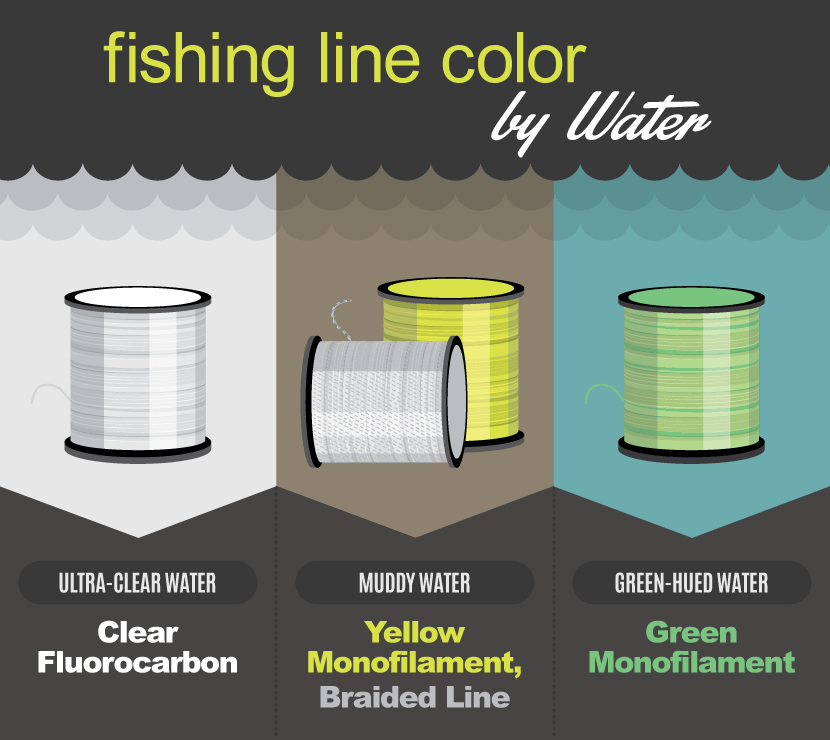
Credit: www.northlandtackle.com
Expert Opinions And Field Tests
Professional anglers often prefer clear lines. Clear lines blend with the water. Fish find them hard to see. Some experts recommend green lines. Green lines mix well in murky waters.
Blue lines work best in deep waters. Fish can’t see them easily. Always consider water color. Matching the line color to water helps. Anglers agree on this method.
Field tests show interesting results. Clear lines catch more fish. Green lines also perform well. Blue lines work great in the ocean.
Tests in lakes and rivers favor clear lines. Different water types need different lines. Testing your line color is important. Learn what works best in your fishing spot.
Frequently Asked Questions
What Is The Least Visible Fishing Line?
Fluorocarbon fishing line is the least visible underwater. It has a refractive index similar to water. This makes it nearly invisible to fish.
What Color Line Is Invisible To Fish?
Clear fluorocarbon fishing line is almost invisible to fish underwater. It refracts light similarly to water, making it hard for fish to see.
What Color Is Hardest For Fish To See?
The hardest color for fish to see is red. Water absorbs red light quickly, making it nearly invisible underwater.
What Color Do Fish Not See?
Fish cannot see red light. Their vision is limited in the red spectrum, especially in deeper waters.
Conclusion
Choosing the right fishing line color can significantly impact your fishing success. Clear or blue lines are often less visible to fish. Experiment with different colors to find what works best in your fishing environment. Understanding fish vision can give you an edge and increase your catch rate.
Happy fishing!
